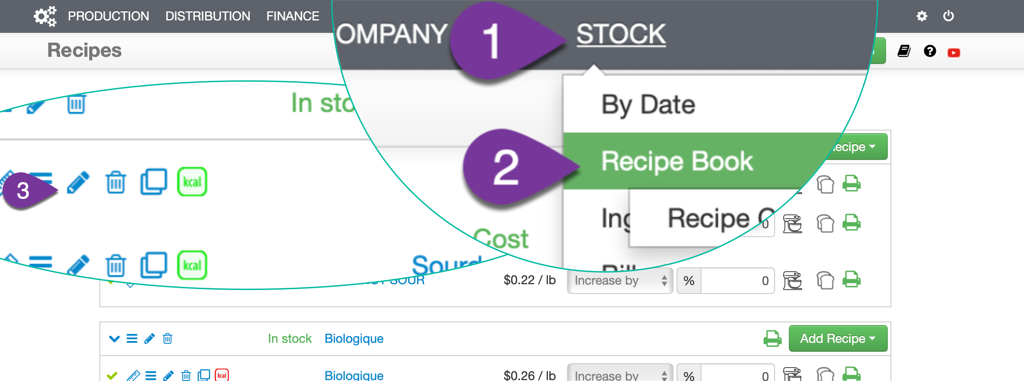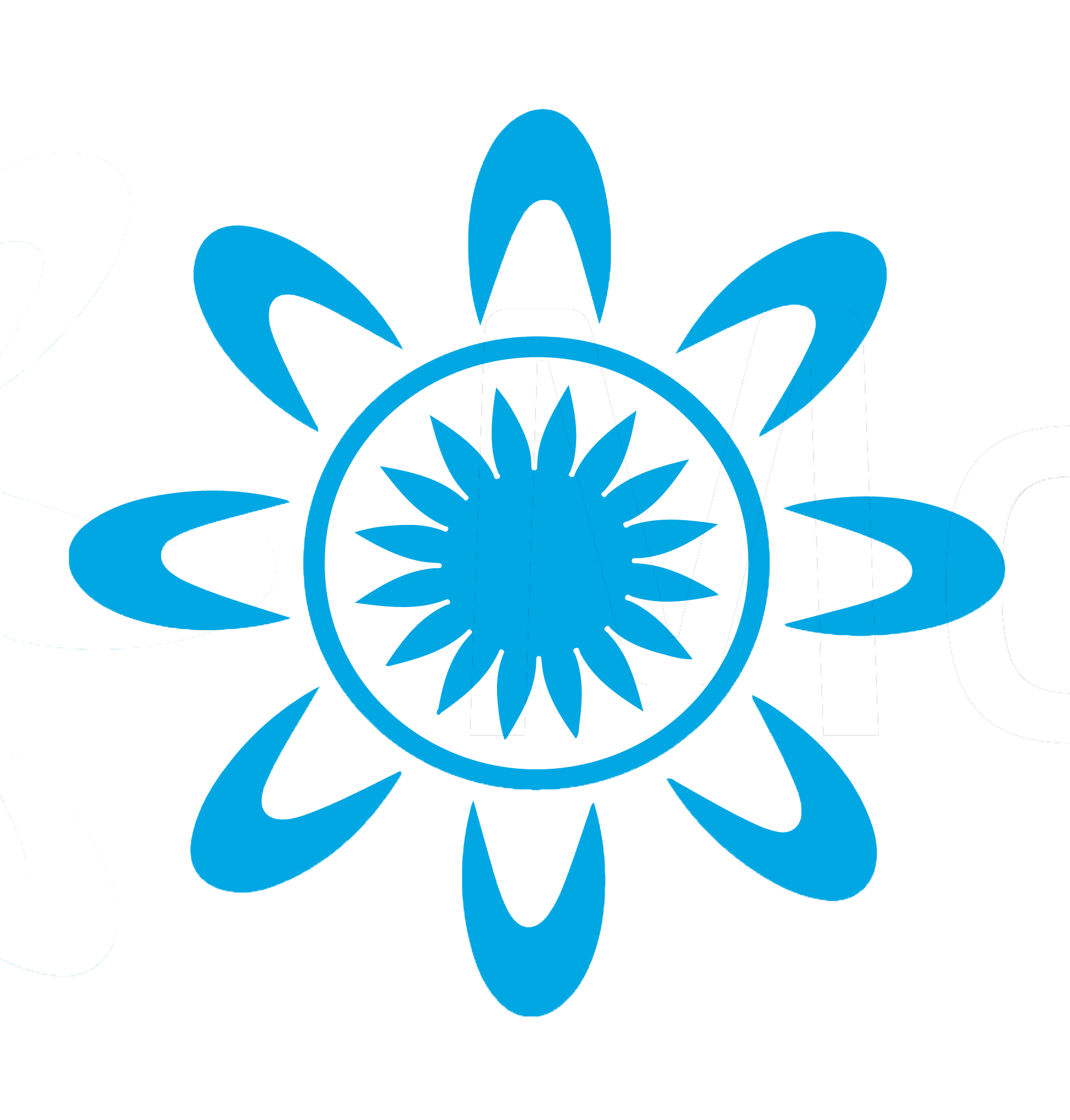Stocks › Recipe Books

Overview #
Use loss/uptake to provide accurate nutrition facts, by accounting for cooking-related changes, like moisture loss or fat absorption, that affect the final product.
For example, dehydration during baking, loss of fat when grilling, or increase (uptake) when boiling pasta or rice or deep frying.
Fat & Moisture Loss/Uptake #

Set Loss/Uptake Factors #
- Enter the percentage values
- For fat or moisture loss enter a negative number
- For fat or moisture uptake enter a positive number
- If there is no change, leave blank or enter 0.
Impact per serving #
These values will adjust the final nutrition data. Here’s what happens:
- MOISTURE LOSS: The final weight of the dish decreases. This makes all nutrients (including calories) more concentrated.
- FAT LOSS: The total fat and calorie content of the recipe decreases.
- FAT/MOISTURE UPTAKE: The final weight of the dish increases, and fat uptake specifically increases the total fat and calorie content.
Cooking Methods and Typical Values #
Disclaimer: The following are typical starting points. For the most accurate results, weigh your own ingredients before and after cooking.
Meat Cooking #
- Grilling/Broiling: Fat Loss: -10% to -25%; Moisture Loss: -15% to -30%
- Pan-Frying w/ Oil: Fat Uptake: +5% to +15%; Moisture Loss: -10% to -20%
- Roasting: Fat Loss: -5% to -15%; Moisture Loss: -20% to -35%
Baking #
Fat: Usually no significant change (0%)
- Bread/Pastries: Moisture Loss: -15% to -25%
- Cookies: Moisture Loss: -20% to -30%
Vegetables #
- Sautéing in Oil: Fat Uptake: +5% to +10%; Moisture Loss: -5% to -15%
- Roasting: Moisture Loss: -10% to -25%
Grains and Legumes (from dry) #
- Rice/Pasta: Moisture Uptake: +150% to +200%
- Beans: Moisture Uptake: +100% to +150%
